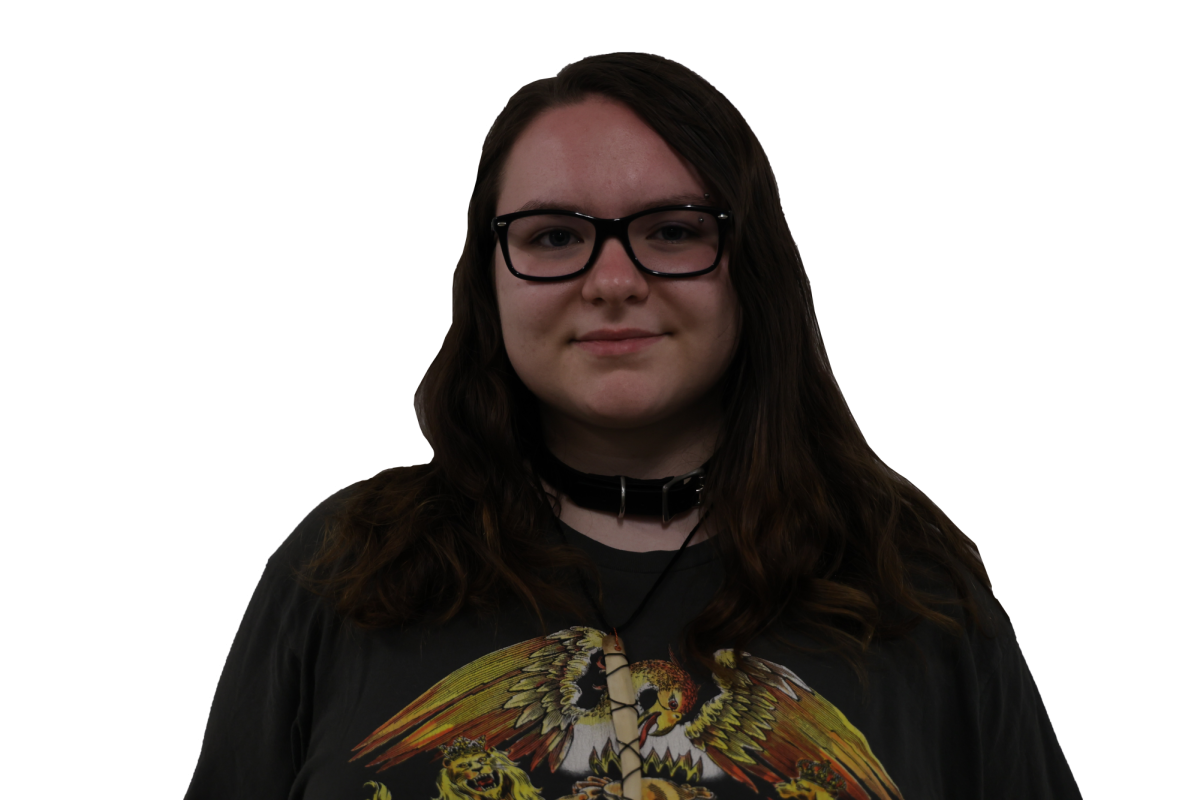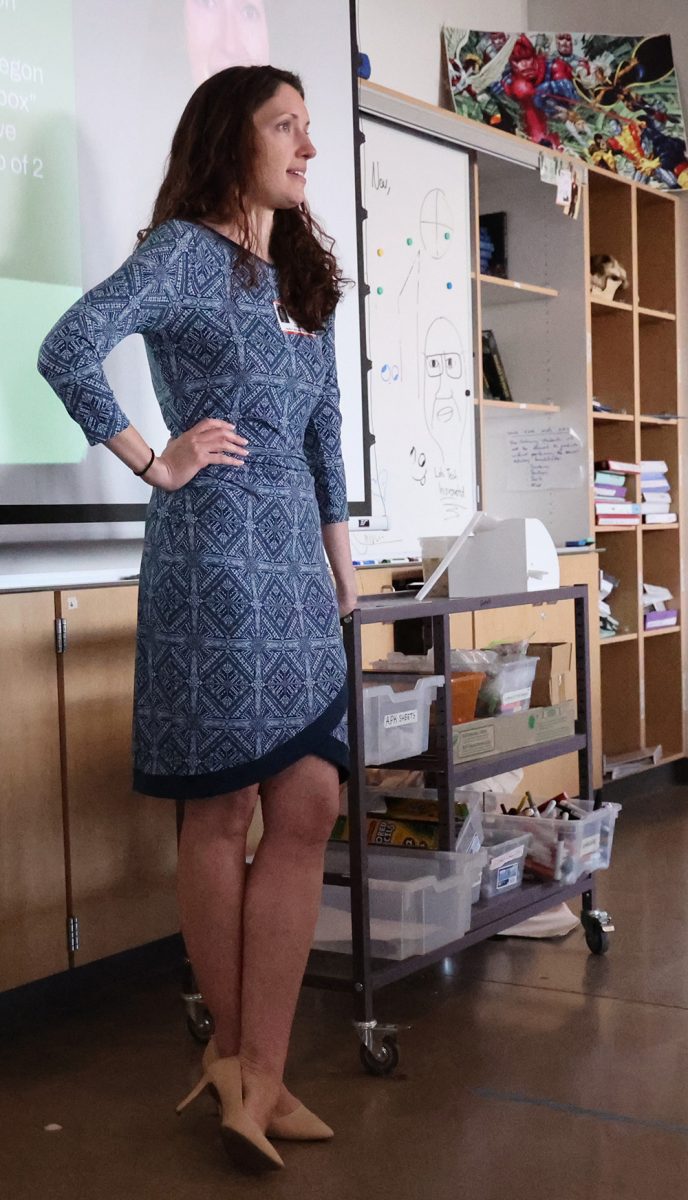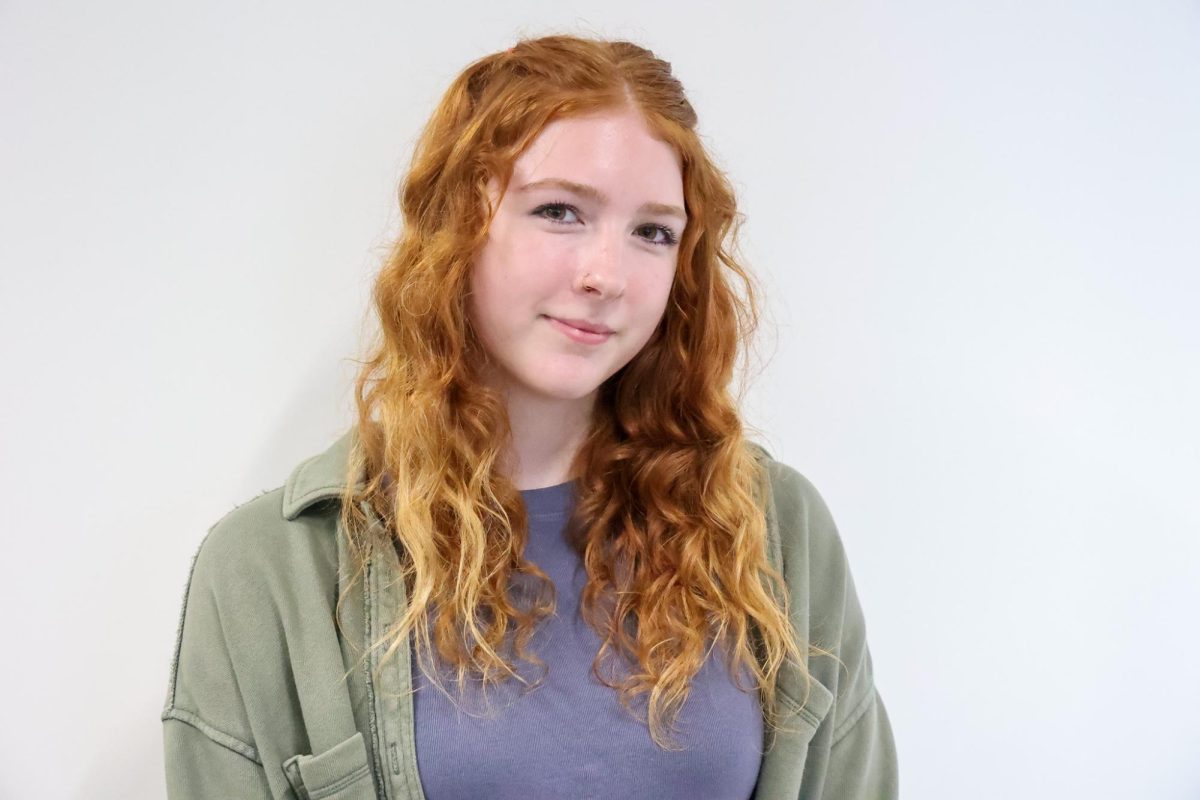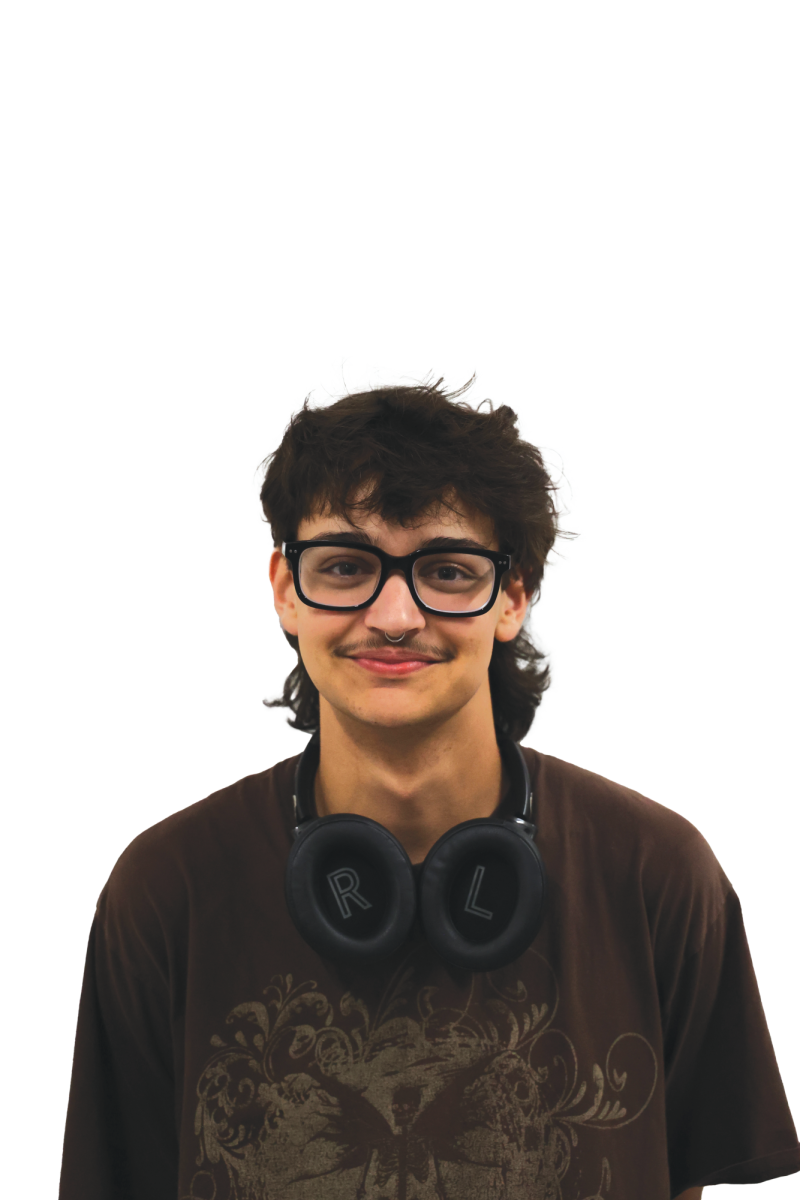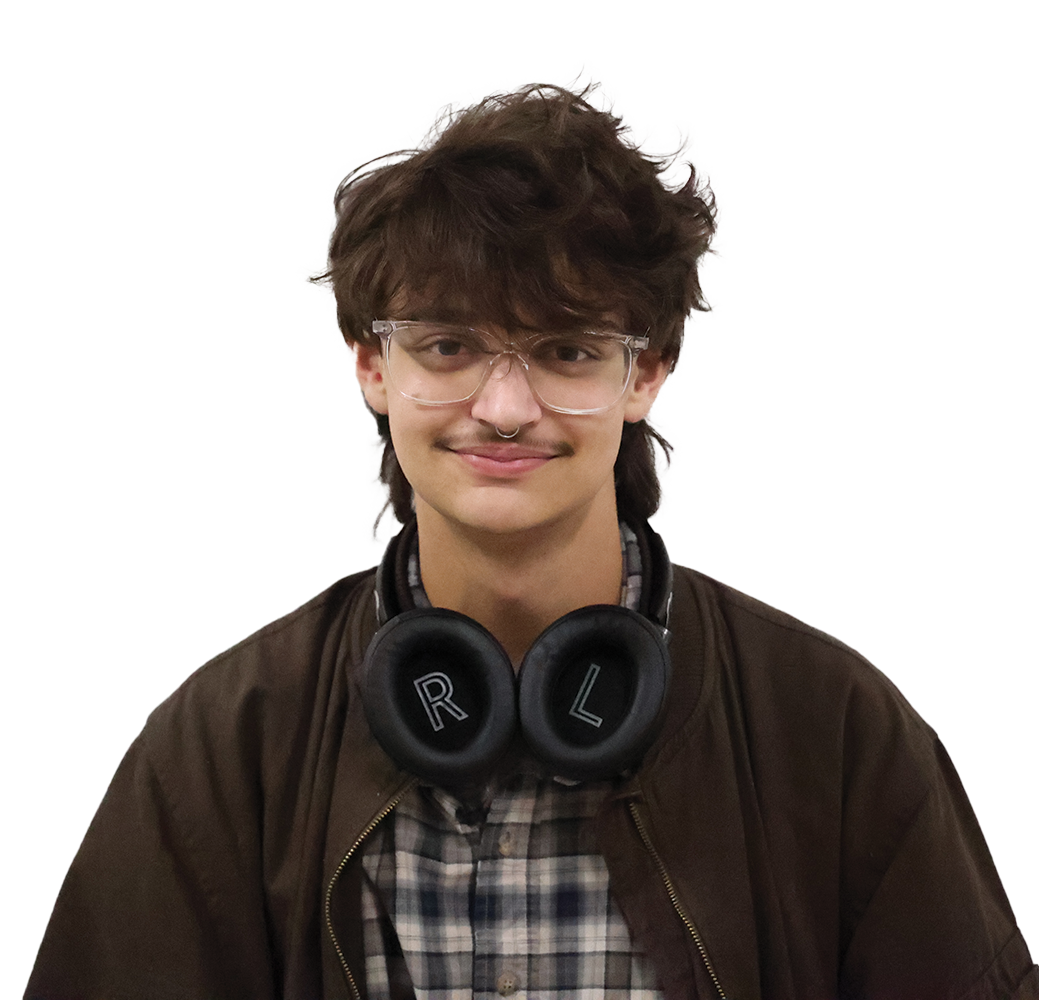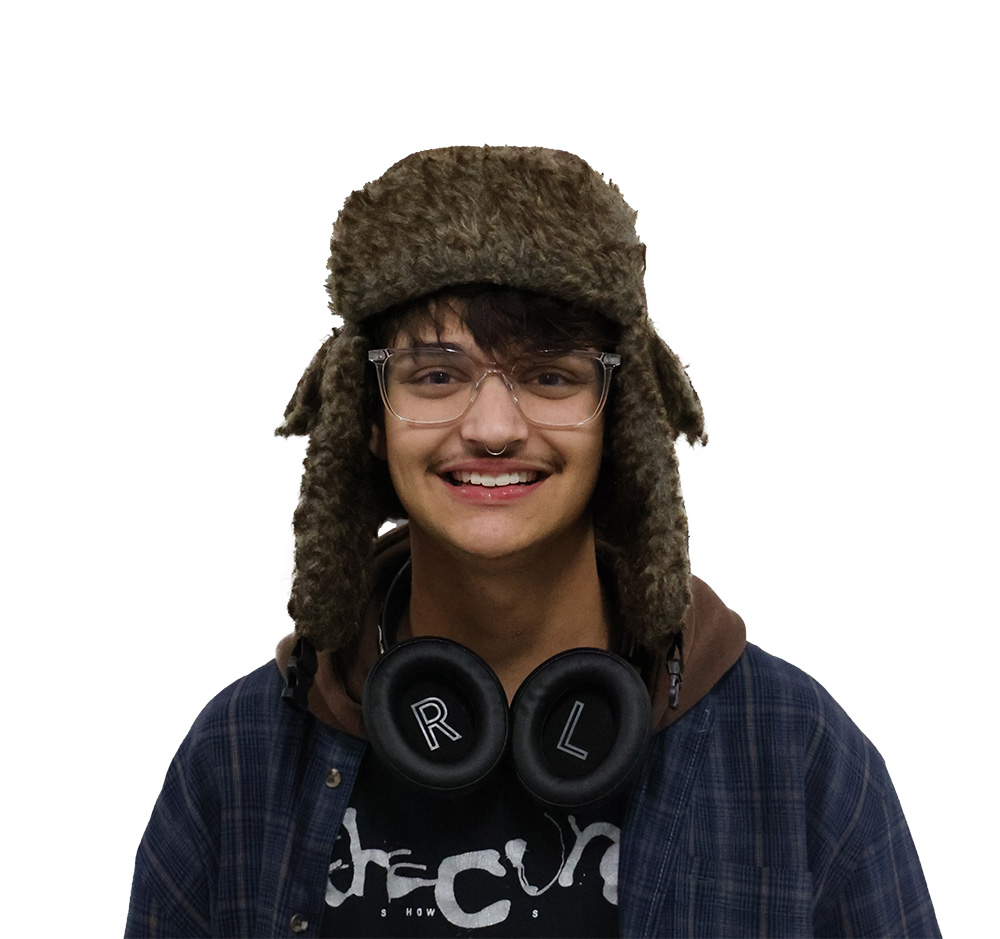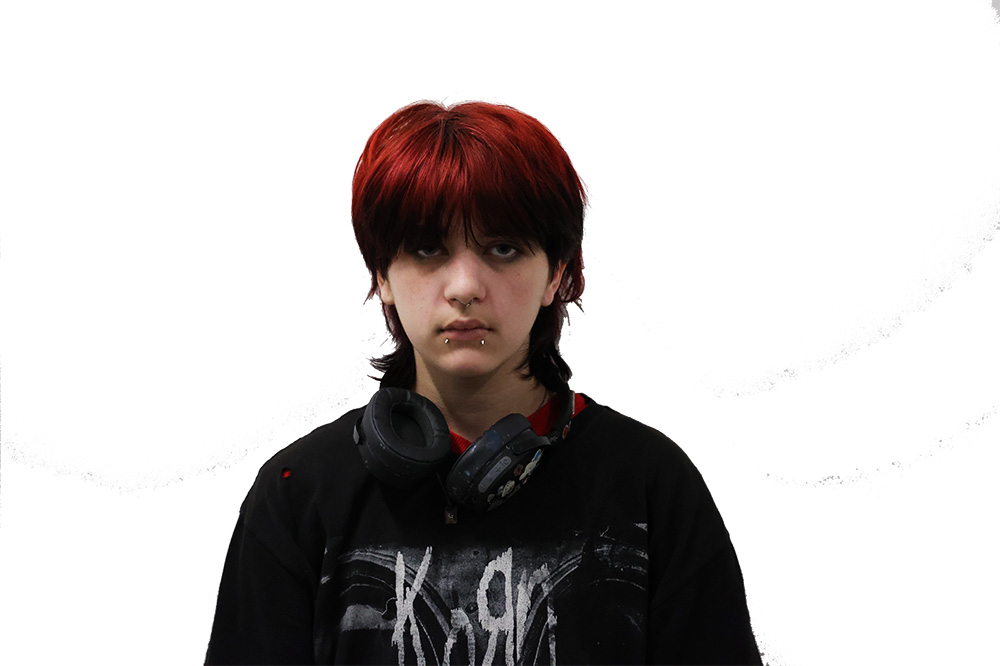I have always felt a deep sense of admiration for healthcare workers, whether they are surgeons, physician assistants, prosthetists or even medical technicians. When I learned that a licensed and practicing surgeon would be coming to my Medical Interventions (MI) class to teach us how to suture and about organ transplantation and laparoscopic surgery—a procedure used to examine and operate on the organs in the abdomen—I practically leapt out of my seat with glee.
Surgical operations have always piqued my interest and the chance to learn directly from a practicing surgeon filled me with an indescribable sense of happiness and an eagerness to learn.
When I walked into the room, I could feel the excitement and curiosity emanating off of my classmates. The only thing we knew about the surgeon visiting our class was their job title, and we were all longing to find out more about them.
The visiting surgeon was Dr. Alexandra Bolognese, and she was a Professor of Surgery and Abdominal Organ Transplantation at Oregon Health and Science University. She held a professional yet kind demeanor, which immediately made the room feel like a secure and 6friendly learning environment.
The class began with our everyday routine: an introduction to the day’s topic and upcoming events before my teacher, Erik Mellgren, handed the spotlight over to Bolognese. I listened closely as she told us about the different processes of organ transplantation and how she primarily works with the liver, pancreas and kidneys. She even shared how one can become an organ donor through a national organization called Donate Life America.
When we started learning how to suture, it was not nearly as easy as I thought it would be. I struggled to learn the correct needle positions, ways to use the tools and how to tie off the sutures when I was done. In those moments, I grew an even deeper appreciation for surgeons like Bolognese, who have to spend years and years practicing even just the basic surgical techniques. The realization that you never truly know how much work goes into something until you try it for yourself struck me while I was working on sutures at my desk.
“I love what I do and feel privileged to be able to take care of people for a living,” Bolognese said.
As someone aspiring to work in the medical field, I found this statement to be genuinely inspiring. She then spoke to me about the education she needed to pursue her current line of work. She went to three universities, including Columbia University, the University of Massachusetts and the University of Wisconsin, and did a residency over her 19-year journey to get her MD and PhD. Her determination motivated me to do my best and to never give up on the dreams I have for my future.
One of my favorite parts about this entire event was getting firsthand experience working with a licensed surgeon as well as getting to work side by side with my classmates to learn something new. Hearing about the path that Bolognese took to get to where she is today provided me with a great amount of insight into my own future and what careers I might later want to pursue in the medical field.
When you actually have the chance to see the product of years of hard work and dedication standing right infront of you, talking to you and teaching your class, it feels like there are truly an infinite number of possibilities.
Every activity, lab and research project prior to Bolognese’s visit—such as viewing a live brain surgery and practicing laparoscopic surgery skills—have contributed to my positive experience during this unique learning opportunity. My interactions with medical professionals in learning environments have always been rewarding and this time proved to be no different.


